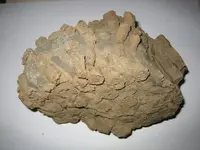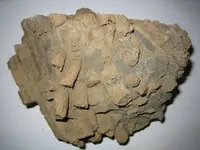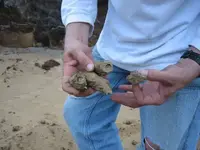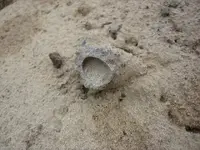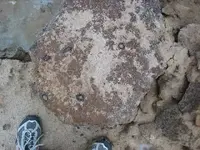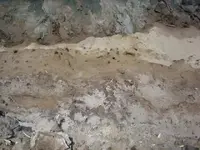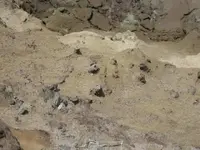Sure, no problem. Btw lightning strike fusions are called "fulgurites". I've never found one myself but would like to find one!
Rugose corals are from about 250 million to in excess of 400 million years old. I'm not sure of the exact cutoff. Bakergeol will probably know right off the top of his head! Another interesting thing about rugose (otherwise known as horn corals) are that some can be used as clocks to measure the number of days in a year millions of years ago. For example, in the Devonion period rugose coral growth rings indicate that the number of days per year was about 400 (verus 365 today) demonstrating that the days were, in fact, shorter because the Earth's spin a bit faster (because the Earth was younger).



